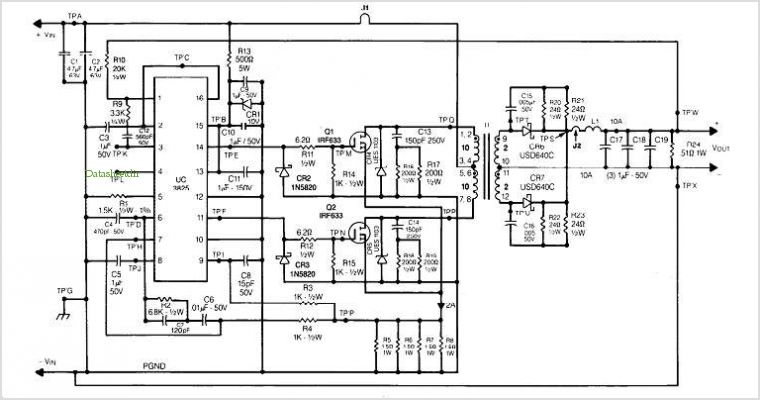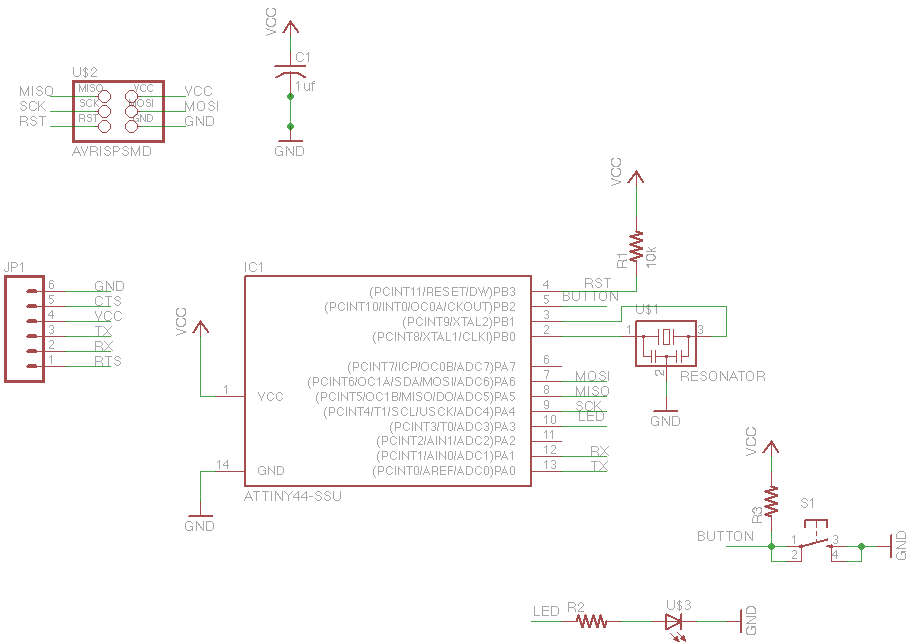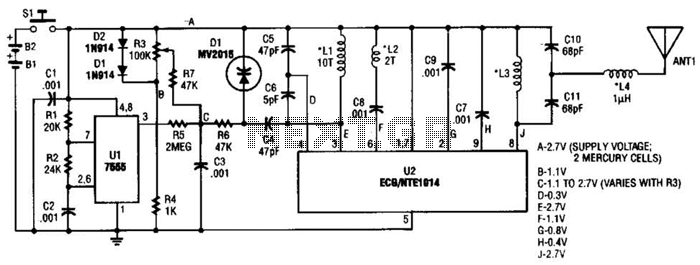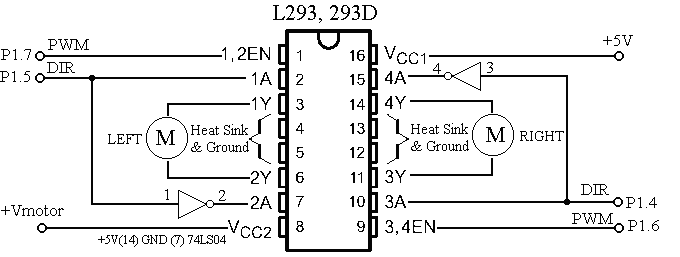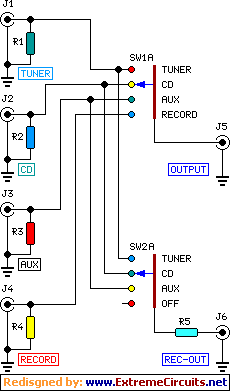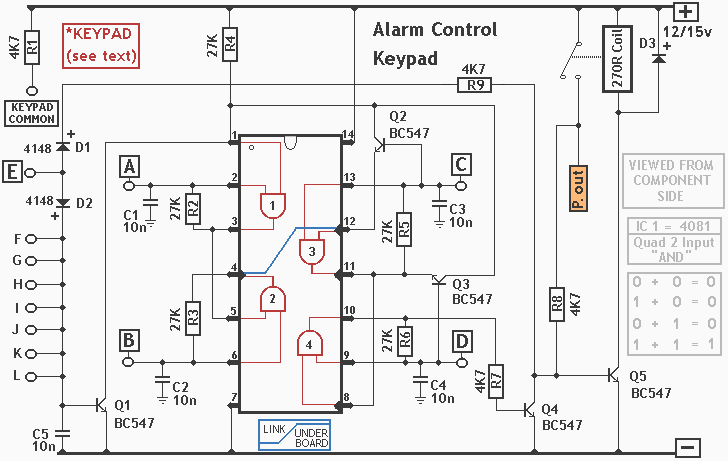
Automatic Gain Control Microphone PreAmp
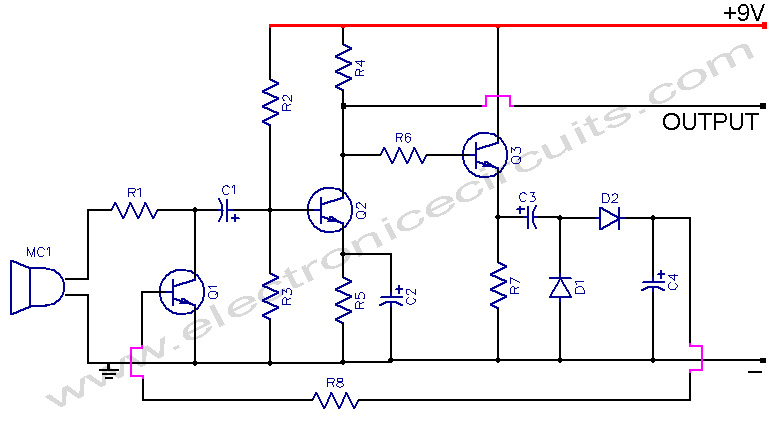
This microphone preamplifier incorporates automatic gain control, which keeps the output level fairly constant over a wide range of input.
The microphone preamplifier is designed to enhance the audio signal from a microphone while maintaining a consistent output level. The inclusion of automatic gain control (AGC) is a significant feature, as it enables the device to adjust the gain dynamically in response to varying input signal levels. This ensures that the output remains stable, preventing distortion or clipping during loud passages and maintaining clarity during softer sounds.
The circuit typically comprises a differential amplifier configuration, which is essential for rejecting common-mode noise while amplifying the desired audio signal. The AGC function is implemented using a feedback loop that monitors the output level and adjusts the gain of the amplifier accordingly. This feedback can be achieved through various methods, such as utilizing a variable resistor or a digital control system, depending on the complexity and design goals of the preamplifier.
Additional components may include capacitors for coupling and decoupling, resistors for setting gain levels, and potentially operational amplifiers (op-amps) to enhance performance characteristics. Power supply considerations are also critical, as the preamplifier must operate within specified voltage ranges to prevent damage and ensure optimal performance.
Overall, this microphone preamplifier with automatic gain control is ideal for applications requiring consistent audio levels, such as live sound reinforcement, studio recording, and broadcasting, where audio fidelity and reliability are paramount.This microphone preamplifier incorporates automatic gain control, which keeps the output level fairly constant over a wide range of input.. 🔗 External reference
The microphone preamplifier is designed to enhance the audio signal from a microphone while maintaining a consistent output level. The inclusion of automatic gain control (AGC) is a significant feature, as it enables the device to adjust the gain dynamically in response to varying input signal levels. This ensures that the output remains stable, preventing distortion or clipping during loud passages and maintaining clarity during softer sounds.
The circuit typically comprises a differential amplifier configuration, which is essential for rejecting common-mode noise while amplifying the desired audio signal. The AGC function is implemented using a feedback loop that monitors the output level and adjusts the gain of the amplifier accordingly. This feedback can be achieved through various methods, such as utilizing a variable resistor or a digital control system, depending on the complexity and design goals of the preamplifier.
Additional components may include capacitors for coupling and decoupling, resistors for setting gain levels, and potentially operational amplifiers (op-amps) to enhance performance characteristics. Power supply considerations are also critical, as the preamplifier must operate within specified voltage ranges to prevent damage and ensure optimal performance.
Overall, this microphone preamplifier with automatic gain control is ideal for applications requiring consistent audio levels, such as live sound reinforcement, studio recording, and broadcasting, where audio fidelity and reliability are paramount.This microphone preamplifier incorporates automatic gain control, which keeps the output level fairly constant over a wide range of input.. 🔗 External reference
